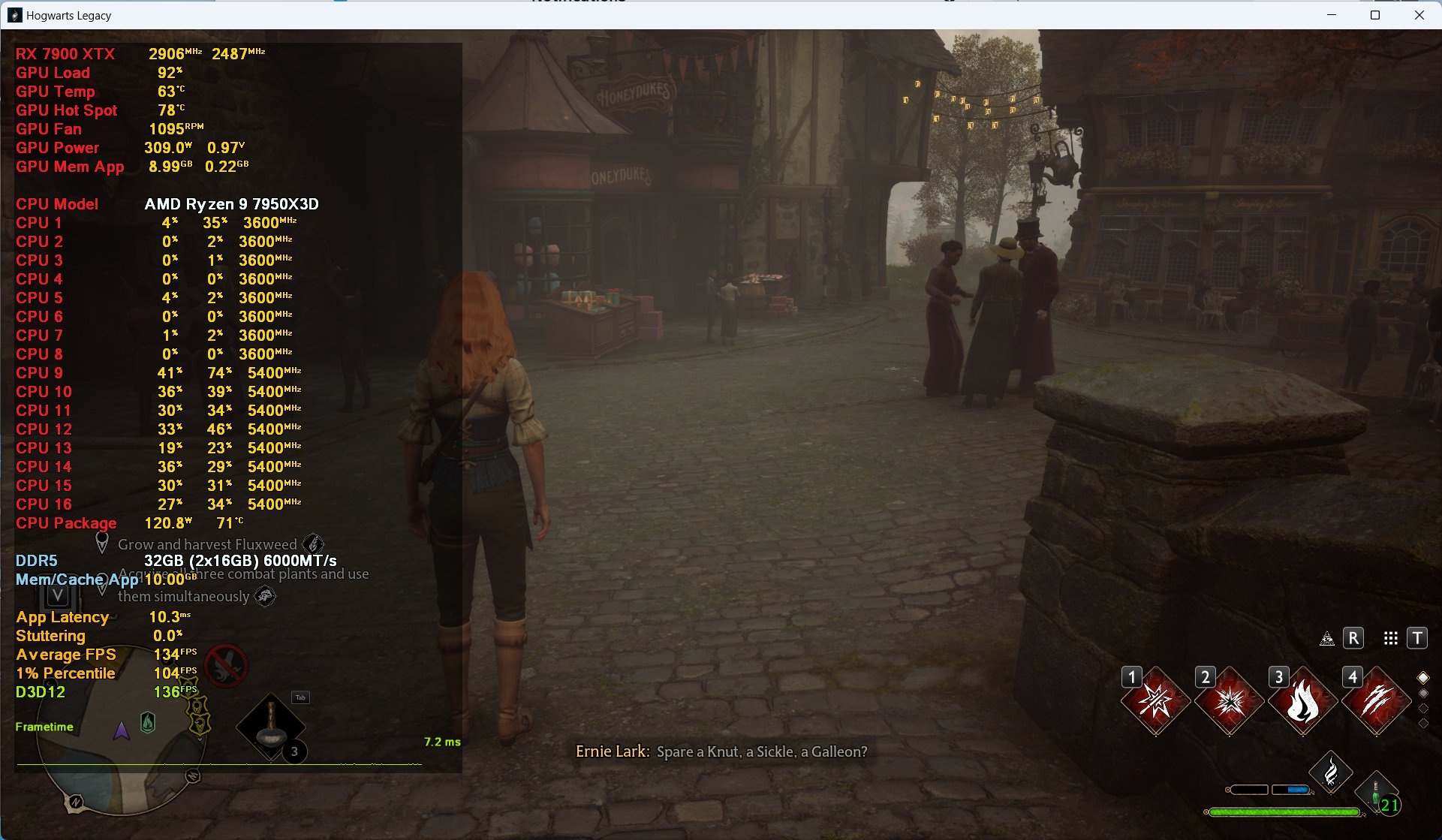erek
[H]F Junkie
- Joined
- Dec 19, 2005
- Messages
- 10,894
Results are out
“AMD put the Ryzen 9 7950X3D up against Intel's Core i9 13900K, both systems were equipped with 32 GB of DDR5-6000 memory and liquid cooling. Tests were done with both AMD's own Radeon RX 7900 XTX and an NVIDIA GeForce RTX 4090 graphics card. We won't go into details of the various benchmarks here, as you can find those below, but according to AMD's figures, AMD came out on top with a 5.6 percent win over the Intel CPU, at 1080p using the Radeon RX 7900 XTX and by 6 percent using the GeForce RTX 4090. This was across 22 different games, with Horizon Zero Dawn and F1 2021 being the games favouring the AMD CPU the most and Far Cry 6 and the CPU test in Ashes of the Singularity being the games favouring the AMD CPU the least. TechPowerUp will of course have a review ready for your perusing by the time the new CPUs launches next week, so you'll have to wait until then to see if AMD's own figures hold true or not.”
Source: https://www.techpowerup.com/305181/amds-reviewers-guide-for-the-ryzen-9-7950x3d-leaks
“AMD put the Ryzen 9 7950X3D up against Intel's Core i9 13900K, both systems were equipped with 32 GB of DDR5-6000 memory and liquid cooling. Tests were done with both AMD's own Radeon RX 7900 XTX and an NVIDIA GeForce RTX 4090 graphics card. We won't go into details of the various benchmarks here, as you can find those below, but according to AMD's figures, AMD came out on top with a 5.6 percent win over the Intel CPU, at 1080p using the Radeon RX 7900 XTX and by 6 percent using the GeForce RTX 4090. This was across 22 different games, with Horizon Zero Dawn and F1 2021 being the games favouring the AMD CPU the most and Far Cry 6 and the CPU test in Ashes of the Singularity being the games favouring the AMD CPU the least. TechPowerUp will of course have a review ready for your perusing by the time the new CPUs launches next week, so you'll have to wait until then to see if AMD's own figures hold true or not.”
Source: https://www.techpowerup.com/305181/amds-reviewers-guide-for-the-ryzen-9-7950x3d-leaks
![[H]ard|Forum](/styles/hardforum/xenforo/logo_dark.png)
